CSO Take Step Forward in Deepening Our Understanding of Sexual Violence Crime
The Central Statistics Office this week published statistics on sexual crime reported by the Gardai from the second half of 2021 onwards that examines the nature of the relationship between the victim and reported suspect for the first time ever. This data proves to be a valuable addition to our knowledge base as the more information we have on patterns of sexual violence the more effectively we can tackle its roots by creating targeted and effective early intervention and prevention programmes. We can further use this data to supplement and deepen our understanding of our own RCNI Statistics collated every year from data supplied by our participating Rape Crisis Centres. RCNI statistics tell the collective story, not only of those survivors who have reported to the Guards, but all who have utilised RCNI rape crisis services. Here we compare the two sets of data and what they tell us about sexual violence today.
While the CSO found that 63% of survivors reported the incident within one year, RCNI statistics reflect a more complex picture of how survivors report. Our latest data from 2021 shows that approximately 35% of survivors attending RCCs for counselling and support made a formal report to An Garda Siochana and we can trace an increase in the figures reporting to AGS and improvements in survivor’s experience of reporting over the past 17 years of RCNI data collection. This is welcome news and lends weight and credence to this recent data gleaned from the Gardaí. Trust between the survivor and the Gardaí is essential if these figures are to be meaningful.
Another correlation between CSO and RCNI figures that stands out is the relationship between the victim and the perpetrator. The CSO report that 83% of reported suspects of sexual offences are known to the victim. This chimes with RCNI annual statistics that show approximately 90% of perpetrators are known to the survivor and this figure remains approximately consistent in sexual violence against children and adults. Furthermore, the CSO finding that sexual offences against male victims are more likely to be perpetrated by a person in authority or with care responsibilities (13%) than for female victims (2%) backs up RCNI data that finds that 18% of boys and men disclose that the perpetrator was an authority figure. When we break this down further and look at the age of the victim at the time of the sexual violence, we see that boys (under age 18) are more vulnerable to being targeted by authority figures than adult men. This finding reinforces the fact the sexual violence perpetrators are opportunistic and often misuse their positions of power and authority.
Having a breakdown of the age of a victim at the time they were abused and the victim’s sex is important as both of these variables impact the pattern of sexual violence perpetrated. In RCNI data we see differences in patterns of abuse disclosed by those subjected to sexual violence in childhood and adulthood. Furthermore, we see significant differences between children subjected to sexual violence when under the age of 13 compared to those aged 13-17. The relationship to the perpetrator, location of abuse, nature of abuse and other key indicators differ between all of these age groups.
Sex and gender of the victim are also important indicators in understanding sexual violence and patterns of abuse. Sexual violence is a gendered crime which is predominantly perpetrated against women and children by men. In RCNI data we see that boys and girls under the age of 13 disclose similar patterns of abuse. However, when girls enter teenage years, their vulnerability to abuse increases and they become more vulnerable to more extreme forms of sexual violence and patterns of abuse which are common to adult women. Boys on the other hand become less vulnerable to sexual violence as they age into adulthood.
For a large number of children who are subjected to sexual violence, the abuse is perpetrated by a family member. In RCNI data we see a further breakdown of this information whereby children under the age of 13 most commonly disclose abuse perpetrated by a family member/relative and those ages 13-17 most commonly disclose that the violence was perpetrated by a friend/acquaintance/neighbour. This change in the relationship to the perpetrator is reflective of the natural lifecycle of the child which often involves them spending more time outside the home and developing a wider social circle as they move into their teens.
Rape Crisis Centres only need the piece of the story that relates to how we provide services to survivors. However, the interplay between official Garda figures and what survivors tell us in RCCs illuminates the experience of the survivor, clarifies patterns of abuse and may help to point the way to earlier intervention and prevention. So much of a survivor’s experience of sexual violence is mediated and navigated through the agencies they interact with, be it the Gardaí or RCCs, and it is of vital importance that all services and professionals meeting a survivors’ needs are able to join up their knowledge with others.





